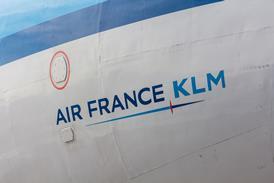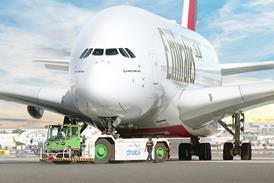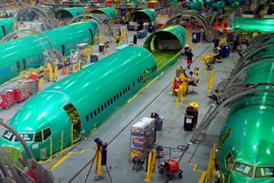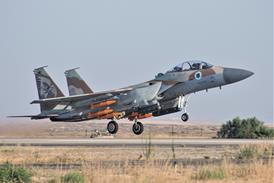Embraer is optimistic it can begin development of a new medium military transport, the C-390, by year-end, assembling the customers, partners and financing needed to launch the programme. The aircraft is aimed at replacing older Lockheed Martin C-130 airlifters now in widespread service and the manufacturer sees a potential market for 695 C-390s over the next 10 years.
With a projected price of around $50 million, the C-390 is a high-wing, twin-turbofan airlifter with rear loading ramp, 19t (41,900lb) maximum payload and maximum range exceeding 5,900km (3,200nm). "It will directly compete with the C-130J," says Paulo Gastão Silva, strategic planning senior manager, defence market.
|
|---|
The C-390 has "good commonality" with the 190 to reduce risk and costs |
The four-turboprop C-130J sells for $60-70 million, while the smaller, 11.5t-payload twin-turboprop Alenia C-27J costs around $35 million, Silva estimates. The C-390 will be faster, with a maximum cruise speed of Mach 0.8/460kt (850km/h), but will be able to operate from the same types and lengths of runways as the C-130, he says.
The Brazilian manufacturer began its first market assessment more than a year ago, and the concept study has been through several design iterations over the past year. "We are near the final configuration," says Silva. A second phase of preliminary design is under way. "We expect to complete definition by the end of the year."
Development is planned to take four years from launch to first delivery, which could be in early 2012 "or possibly 2011", says Silva. The basic aircraft will be certificated to civil FAR Part 25 standards and specific military capabilities qualified by national military authorities.
The C-390 uses systems and technologies from the Embraer 190 small airliner, including the wing, empennage, fly-by-wire flight controls and flightdeck. "We are trying to keep good commonality, to reduce risk, non-recurring cost and certification effort," he says. Sources say developing the C-390 would require an investment of around $500 million.
Moving the E-190 wing to the top of fuselage and mounting the high-flotation main landing gear in large fuselage sponsons will free up space in the wing for more fuel, says Silva. The fuselage will be all-new, with a similar cross-section and cargo box to the basic C-130J, and studies are under way on whether it will be metal or composite.
Engines will be in the same class as the E-190/195's General Electric CF34-10Es - "a bit more thrust, but not another class of engine", says Silva. "We are not close to selecting an engine yet." Other contenders include the Pratt & Whitney PW6000 and Rolls-Royce BR715.
Source: Flight International
























